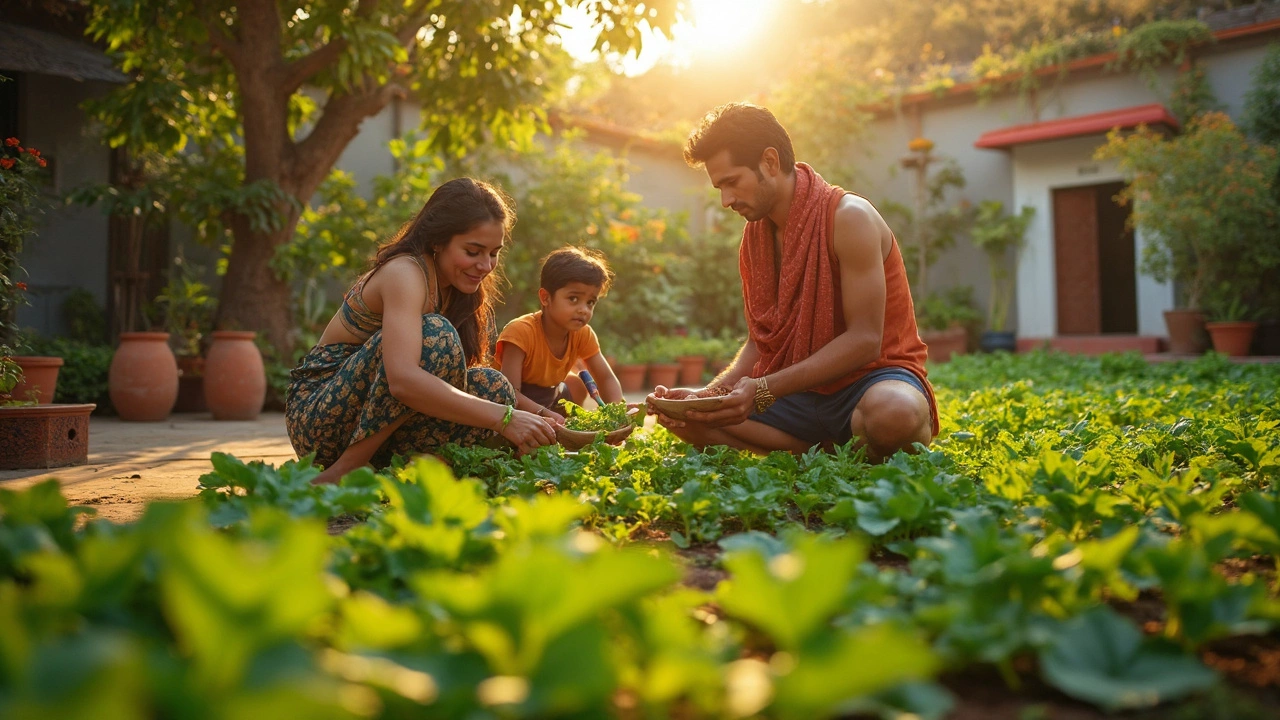Wondering which vegetable takes the crown for sustainability? This article cuts through the hype and shares which vegetable is the best choice for eco-friendly home gardens. You'll learn what makes a vegetable truly sustainable, practical tips for growing it, and clever ways to use every part. Find out how making a small switch in your garden can have a big impact on water use, soil health, and climate resilience. Even beginners will find it easy to start growing these environmental champions at home.
Best Vegetable to Grow in India: Top Picks and Simple Tips
When it comes to growing your own food, the best vegetable to grow, a crop that delivers high yield with low effort in local conditions. Also known as easy-to-grow vegetables, it’s not about fancy varieties—it’s about what actually works in your backyard, balcony, or small plot in India. You don’t need a huge farm to eat fresh. You just need the right plant in the right spot, with a little attention and no chemicals.
Many people start gardening thinking they need perfect soil or expensive tools. But the truth? The Indian native vegetables, crops that have grown in India for centuries and are adapted to its heat, rain, and soil are your secret weapon. Think bitter gourd, okra, drumstick, and amaranth. These aren’t just traditional—they’re tough, fast, and packed with nutrition. They don’t need perfect conditions. They thrive in monsoon mud and summer dust alike. And if you’re short on space? The fast-growing vegetables, plants that go from seed to plate in under 30 days like radish, spinach, and lettuce are perfect for balconies and window sills. You can harvest them before your neighbor even finishes watering.
What makes a vegetable truly the best to grow? It’s simple: it grows fast, needs little care, and gives you more than you expect. Tomato plants on a balcony? Yes. But only if they get enough sun—something you’ll learn from real Indian gardeners who’ve tried and failed before getting it right. Drip systems that clog? Common. But fixable. Soil that’s too heavy? Just add compost. You don’t need to be an expert. You just need to know what works here, now, in your hands.
The posts below aren’t theory. They’re real lessons from people who’ve grown vegetables in India—on rooftops, in tiny courtyards, and even on fire escapes. You’ll find out which plants bloom year-round, which ones rabbits avoid, how to fix bad soil without buying anything, and which vegetables can be ready in just a month. No fluff. No imported advice. Just what works when the temperature hits 40°C and the power’s out.
